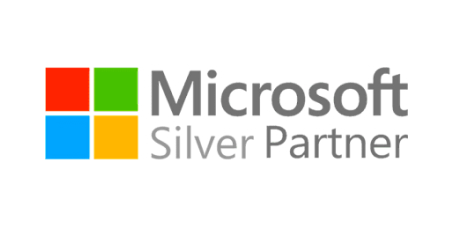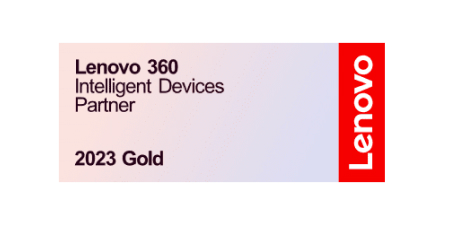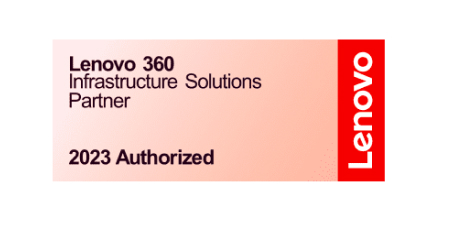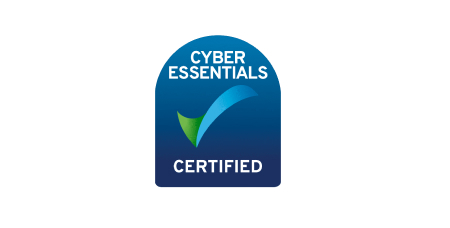Making IT Amazing
Why do we have the paradox that instead of improving agility and cohesion, ‘enabling’ more flexible working patterns, the opposite can be the case with IT investment?
Instead of better information flow, for example, access to relevant data is more complex, while any expected reduction in the operational costs of the business fail to materialise.
The implications are increased vulnerability, as well as an impact on effectiveness, an increased difficulty in remaining competitive and being on the same wavelength as their customers. For a report being researched and written by DECISION magazine for HB Tech, companies consider what they need to address if IT is to deliver key objectives.
This is one of the papers to be published in the report.

Peter Burden
CEO
KDC Group
“BUSINESS IS SIMPLE really. Deliver what the customer wants, when they want it. The challenge is making sure your business has the culture which gets that through to its people and enables them to deliver.”
Which, adds Peter Burden, is where IT can either enhance or hinder. He’s the founder and chief executive of KDC Group, with 150 staff, the specialist engineering consultants and recruitment specialists for aerospace and engineering companies, working for primes and manufacturers such as Airbus, BAe Systems, Cobham, Eaton, and QinetiQ.
“What IT has driven home to us is how important it is to have good people and to value them, because they are the differentiator. In the recruitment sector, we can all do automatic matching of candidates, even chatbot initial interviews, but emotional intelligence, empathy, the ability to make relationships – that can’t be replaced by IT.
“So if your service offering as a recruiter is based on being a key word search and shuffler, you’ll be automated out. It’s about being an expert in your field, not doing stuff which clients can do themselves. Otherwise, instead of becoming a collaborative partner, it’s a commodified race to the bottom.
“If IT removes differentiation because we all have access to the technology, then what’s left could be described as the differentiator.
“We have got to accept that just because skilled people have always been involved in compiling reports, that isn’t how it will be in the future because technology means that probably 80% of the content can be created automatically; it’s the rest which is down to engineering judgment.”
He isn’t downplaying the impact of technology. “IT is one of the four quadrants on our strategy wheel,” Burden points out, ”and I can’t see how a company is going to be able to function without having up-to-date IT. For example, there is a need to move to outputs based management, which will enable the customer to have a fixed price because IT has enabled the risk to be sufficiently reduced or eliminated.”
“We have IP in our processes and digital tools, and in the past, a recruitment consultancy of our size wouldn’t have had those assets. The big question is whether technology will result in more higher level jobs, with more demanding skills, something which was the case with previous industrial revolutions.”
“I think we over-estimate what is going to be achieved in the next two years and underestimate the impact of technology by the end of the decade. And there are some interesting trends. The aim used to make mobile phones as small as possible, but now they’re getting bigger.”
Burden, a BSc Hons in design engineering, remembers what IT was like when he first went into aerospace engineering in the 1990s, when after working on a computer, everything was copied onto a floppy disc and locked it in a safe before going home at night. “We used to work shifts in order to enable everyone to have time on the few desktop computers we had,” he recalls. Now his concern is that the new generation of candidates are more IT than engineering savvy. “If you don’t know the meaning behind what’s going in the box, because IT has meant you don’t need to, how do you know that what’s coming out is actually right?” he asks. “Getting an answer from the computer isn’t enough; if it can’t be equated to orders of magnitude, then there are dangers.”
IT is having a significant impact on the modus operandi of KDC Group’s clients. “It used to be that an aerospace company would undertake say ten physical load cases to see how a structure responds, but now technology means they could work through an almost infinite number,” he says by way of example. “Today the development cycle of an aircraft can be three years when previously it was seven.”
What Burden would like to add to the technology lexicon is the word seamless. He wants to see, for example, a database where something is keyed in at the start and then fully integrated, so that there is no need for separate databases anywhere else in the business; if there is a change it is automatically propagated across everything, “It’s still nirvana,” he maintains. “What can work well in a demonstration doesn’t always translate to the workplace. But wouldn’t it be great if you see someone on Linkedin, for example, and being able to simply ping their details into your database.”
He says it’s interesting that even with software as a service models, vendors still kind of want you to buy a year’s contract. “But,” he points out, “the bright young things entering the market are saying you can cancel tomorrow if that’s what you want to do because they have sufficient confidence in their product and service. Otherwise it’s flashy new wrappers but the nuts and bolts are still the same.”
Researched and published by
DECISION magazine
www.decisionmagazine.co.uk








